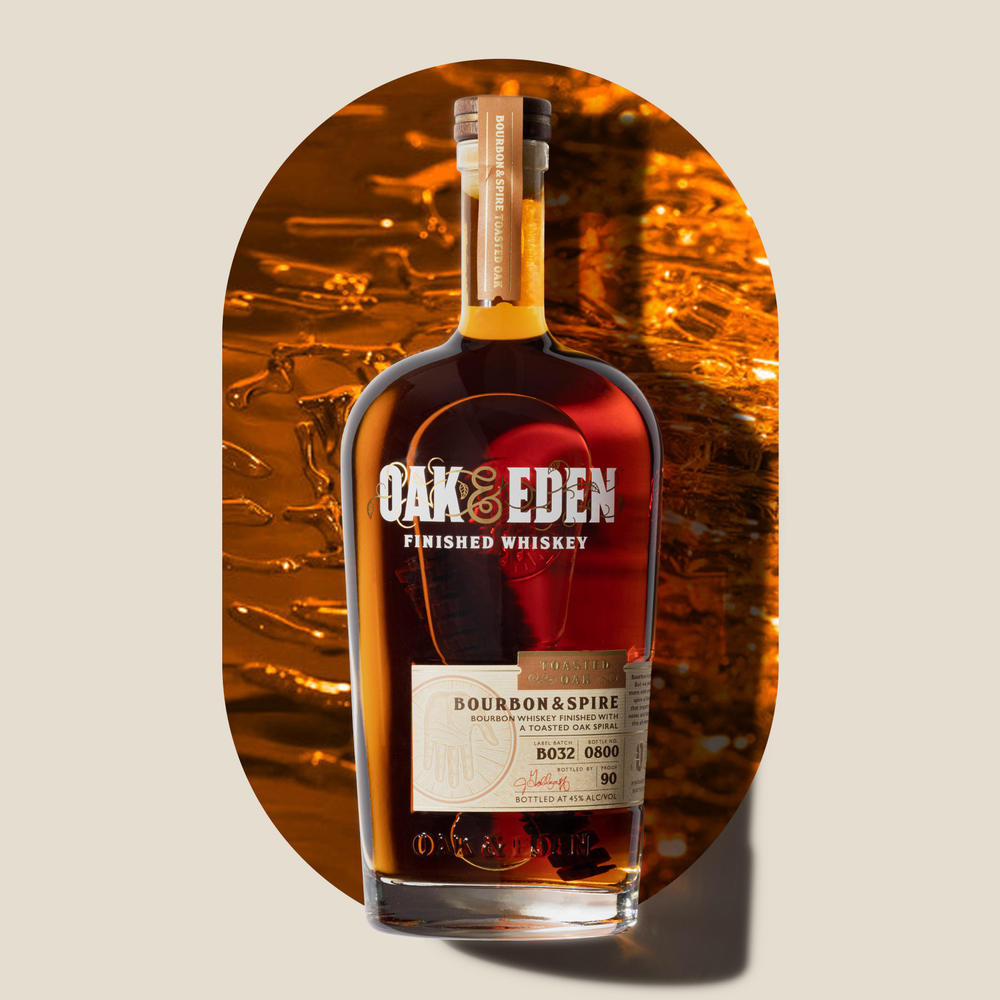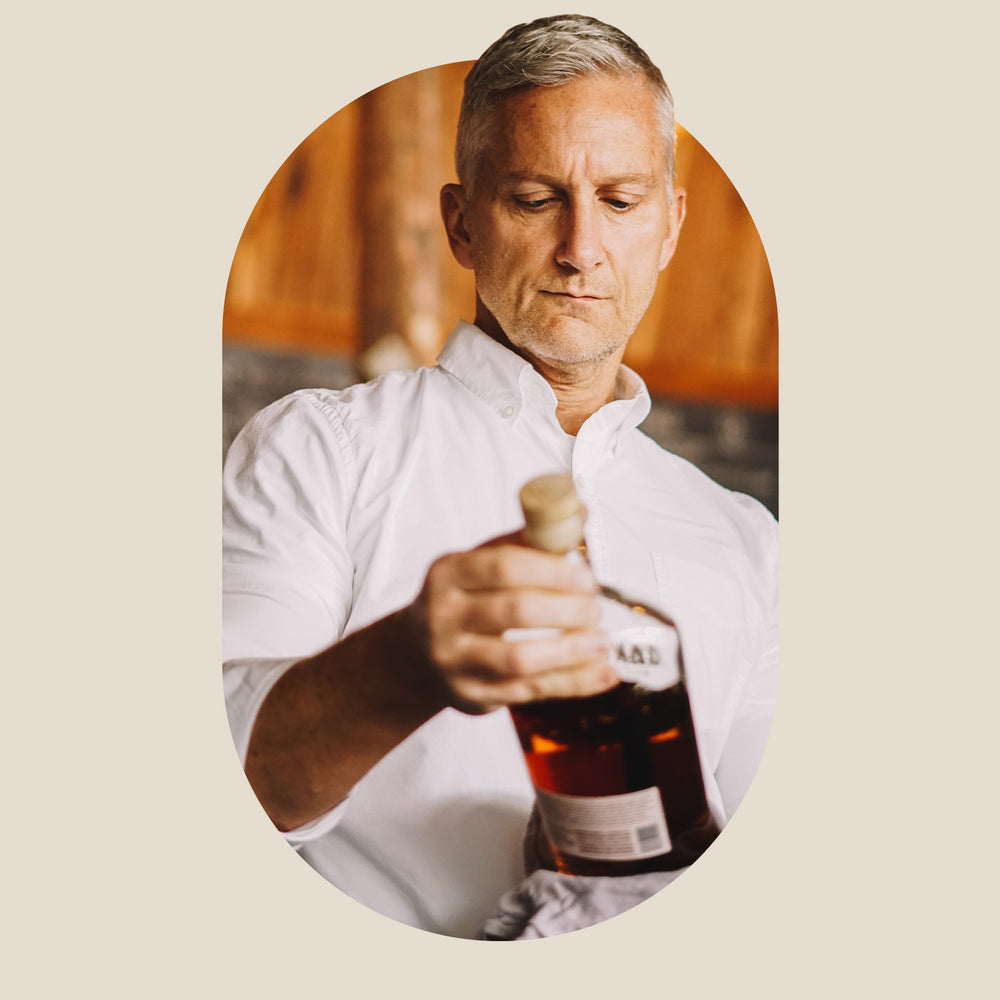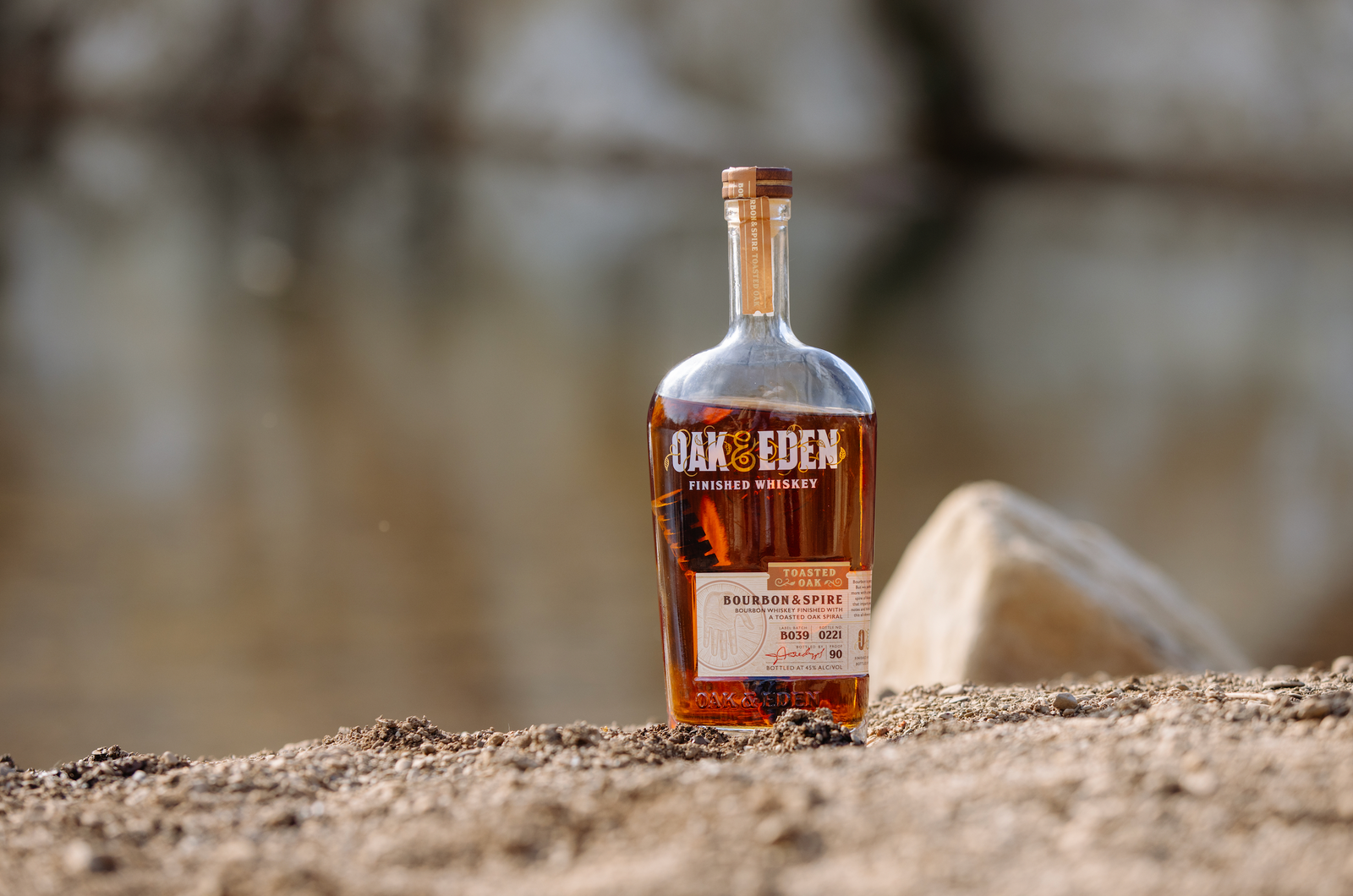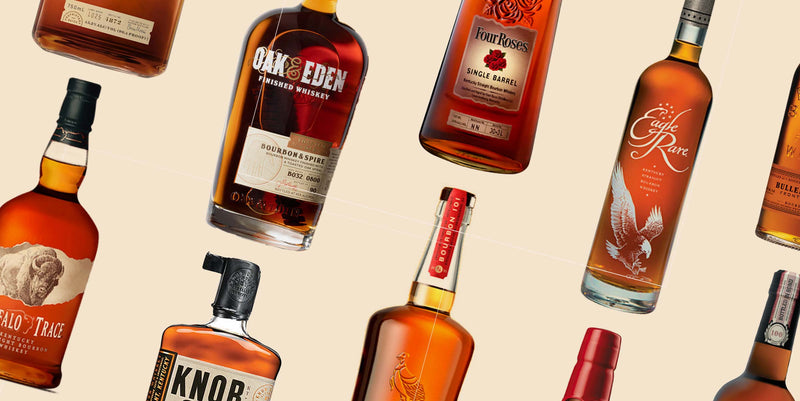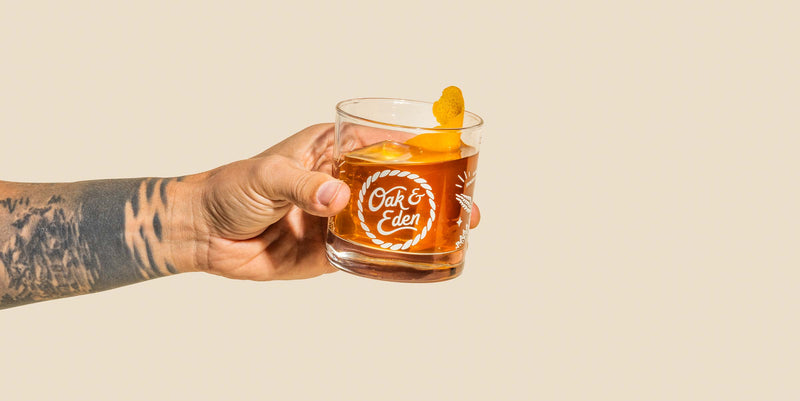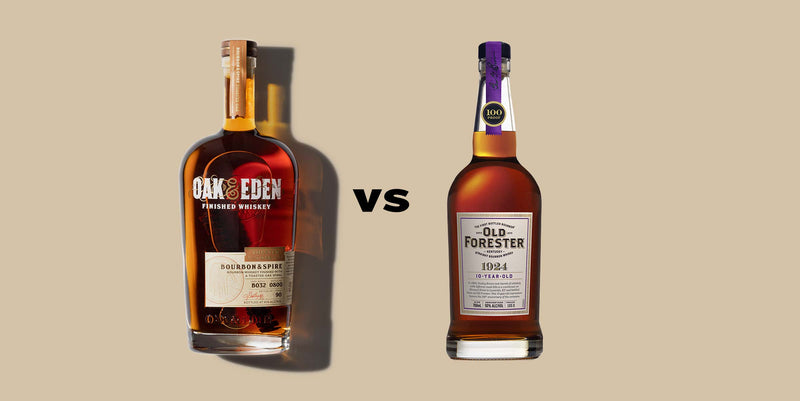Who Invented Bourbon?
There are few styles of whiskey that are as notorious and widely available as bourbon. This American style of whiskey is truly one of a kind and is the type of whiskey most widely available at bars and liquor stores in the United States. There’s also French style and New Orleans style (made popular on Bourbon street).
But bourbon wasn't always America’s native spirit. So how was it that bourbon made its way to celebrity status and became the whiskey of choice in the USA?
We dug a little deeper into the backstory behind America's favorite whiskey so that we can give you the cut-and-dry answers to the origins of the bourbon industry and bourbon production. Here is the true story of the invention of bourbon whiskey.
How Did Whiskey Get Started?
The history of bourbon really traces itself all the way back to the birth of whiskey, the larger group to which bourbon belongs. Whiskey was amongst the first distilled alcoholic beverages in the world, some few thousand years after the invention of distillation by the Egyptians to produce perfumes and concentrates.
Whiskey was first distilled by monks in the Middle Ages in Ireland in the 11th century. They made a liquid that they called Aqua Vitae in Latin, or the water of life. This later became whiskey and is written about in documents as early as the 1400s in Northern Europe.
The Spread of Whiskey
Whiskey continued to grow in popularity amongst the nobility and later the common people of Europe. This was bolstered when King Henry dissolved the monasteries after separating from the Catholic Church, leaving former monks requiring a new source of income.
The Old Bushmills Distillery in Northern Ireland was the first licensed whiskey distillery in the world when it got licensed in 1608, and it is still operational today. These Irish and Scottish distillers came with other European settlers to the American Colonies and set up new distilleries here in the United States.
The Growth of American Whiskey
Whiskey was distilled across the colonies and was even of such value to the American colonists that it was used commonly as a form of currency during the American Revolutionary War. In fact, George Washington himself owned a very successful whiskey distillery.
The first commercial distillery in America was founded in Louisville, Kentucky by Evan Williams, a brand you likely still recognize today. But the role of whiskey in bolstering infant America wouldn't last long.
In 1791, a tax on domestic distilled spirits was levied to help pay off some of the debts taken on during the Revolutionary War, commonly referred to as the "Whiskey Tax". The grain farmers in the farmlands didn't take well to this, and for several years there was unrest between these farmers and the government called the "Whiskey Rebellion".
The rebellion ended unsuccessfully in 1794, and the tax eventually died in 1801 when Tomas Jefferson took on the presidency.
The Continued Development of American Whiskey
American Whiskey at this early stage of development was what would now mostly be considered rye whiskey, or at the very least whiskey with a very high rye content. George Washington's distillery mostly produced rye whiskey.
Before bourbon was technically invented yet, sour mash whiskey would be invented in Kentucky. Dr. James C. Crow invented sour mash by combining some of the spent mash into the new batch of mash and adding yeast from the previous batch to the new batch. This was revolutionary for making consistent batches of whiskey and is the legal requirement for Tennessee Whiskey today.
Bourbon Is Born
Finally, in 1840 when what has previously been known as " Old Bourbon County Whiskey" became officially known and labeled as Bourbon whiskey thanks to Elijah Craig. Old Bourbon County Whiskey was the first corn whiskey that the world was widely introduced to, which differentiated it from competitors.
This corn whiskey quickly became more popular than the standard rye for its sweeter, milder, and less spicy flavor profile, which made it more palatable to the average person. This style of whiskey grew in popularity until the 1920s.
Prohibition
In 1920 the United States ratified the 18th amendment, which officially prohibited alcohol in the country, especially at small batch places. This prohibition would ultimately last for 13 years, and in that time, it would do much damage to the traditional distilleries in Kentucky and Tennessee. There was only one exception to the prohibition, those with a prescription for medicinal whiskey, which could be purchased at a licensed pharmacy or from a doctor.
This medicinal whiskey program was partially responsible for the rapid growth of the pharmacy chain Walgreens, which grew from only 20 stores to almost 400 during the prohibition years.
After prohibition came to an end in 1933 when the 21st amendment was ratified, although the previous strength of rye distillers wouldn't rebound as fast as bourbon distillers in the midwest.
Bourbon continued to grow in popularity as the country expanded west, and became the quintessential whiskey of choice for most of the country by the midpoint of the 19th century.
Bourbon Becomes a Celebrity
Just three decades after the end of prohibition, the American Congress would officially declare bourbon the official distilled spirit of the country. This is also where the official requirements for a bourbon whiskey would be written into law, which we will discuss in more depth later.
Bourbon continued to grow in popularity, and today there are many popular large-scale and small-craft bourbon distilleries across the country. To celebrate the many distilleries located in the American midwest and the Smoky Mountains, the American Whiskey Trail was launched, marking a path across historical distilleries from Pennsylvania and New York down to Tennessee and Kentucky.
What Is Bourbon?
Now that you have the full bourbon history, you deserve a clear-cut answer about what bourbon is exactly. In 1964 when Congress named bourbon the official distilled spirit, it also laid out the regulations for what a bourbon whiskey is, and those rules are as follows.
51% Corn
The first rule for bourbon is that the mash bill must contain a grain mixture with a minimum of 51% corn. The remaining grains can be made of any combination of cereal grains like rye, wheat, and barley.
Distilled to No More Than 160 Proof
Bourbon may not be distilled any more than 160 proof, or 80% alcohol by volume during the distillation process. This stands out against the much higher standards for clear and neutral liquors like vodka, which are usually in the 90% range.
May Not Be Barreled at More Than 125 Proof
When the whiskey enters the barrel, it has to be watered down to a minimum of 125 proof or 62.5% alcohol by volume, meaning that you cannot get a bourbon whiskey any higher than around 60% ABV.
Several Aging Requirements
Bourbon whiskey must meet several requirements during its aging process, including that it has to be aged in new charred oak barrels or casks, and it must be aged for a minimum of two years to be called straight bourbon. Charring helps with the flavor. Furthermore, if bourbon is less than four years old, then it has to label its age on the bottle.
If the whiskey is a blend, then the age labeled has to be that of the youngest whiskey used in the blend.
Made in the USA
The final requirement for bourbon whiskey is that it has to be made right here in the United States. That’s right — it can’t be made in other countries like Scotland, France, or anywhere else for that matter. No importation allowed. In order to be labeled a Tennessee or Kentucky whiskey or bourbon, then that product has to be made in that state. However, whiskey made anywhere in the country can be called bourbon.
Who Invented Bourbon: Takeaways
Bourbon is a distinctive product and the official distilled spirit of America, and it has a long and interesting history. From the first distillation in Ancient Egypt all the way to the invention of distilled alcohol in the form of whiskey, and into the current world of whiskey, bourbon has played a critical role in the world of alcohol.
Old-fashioned bourbon was first made in Bourbon, Kentucky, but the first man to label his whiskey as a Bourbon Whiskey was Jacob Spears in 1840, the first corn-based whiskey that many people had ever tried.
Through prohibition and afterward, bourbon became more and more popular and eventually well outpaced the rye distillers on the East Coast of the United States, eventually becoming the official distilled spirit in 1964, when the official regulations were also laid out.
We make the best bourbon whiskey made by the books here at Oak & Eden. Our bourbon whiskey serves as the basis for many of our whiskies across all of our series, offerings, infusions, and collaborations. Check out some of our favorite bourbons and see which bottle you should try next.
Sources:
What is Kentucky Bourbon Whiskey? | BourbonCountry

